History & Timeline
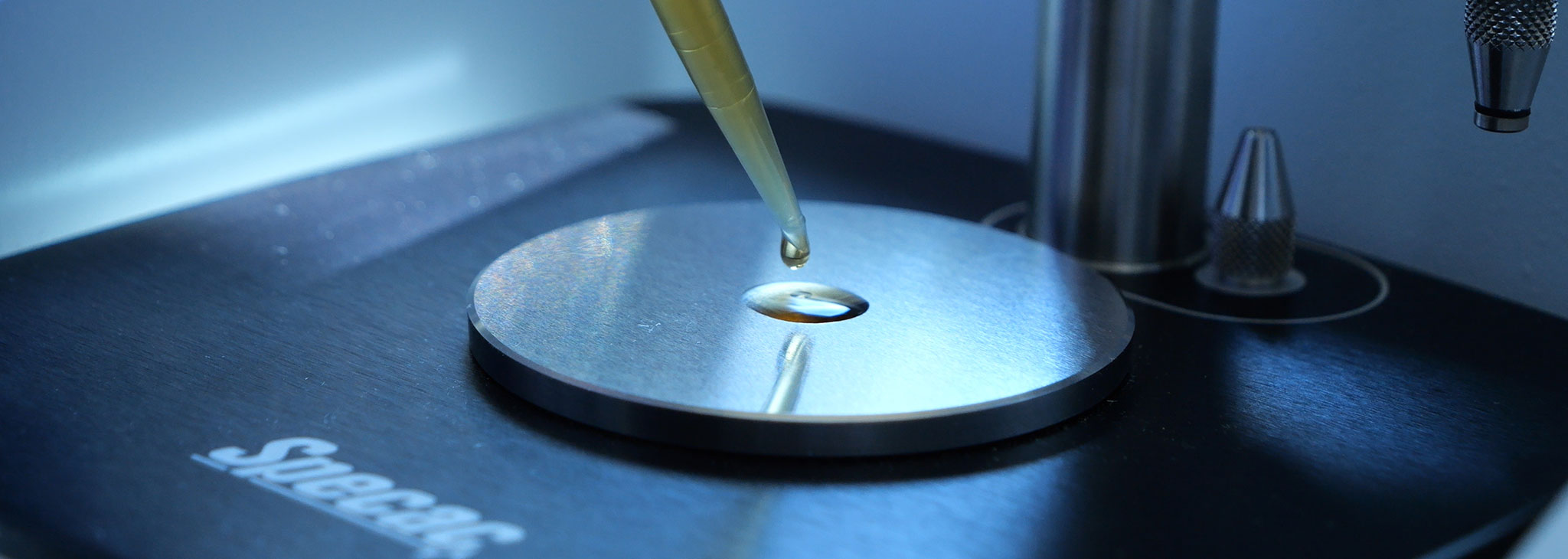
The Scotch Whisky Research Institute has been providing research and innovation for the Scotch Whisky industry since 1974. The timeline below highlights some of our key research achievements and important points in our history.
Timeline
-
2024
 50th anniversary of our organisation
50th anniversary of our organisation2024 is the 50-year anniversary of The Scotch Whisky Research Institute.
-
2022
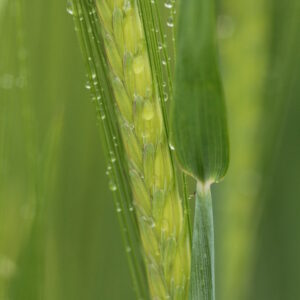 Government funding obtained for 30 PhD studentships on barley
Government funding obtained for 30 PhD studentships on barleySWRI is the Lead Partner in the BARIToNE Collaborative Training Partnership which obtained government funding for 30 PhD studentships over three cohorts. This multi-partner, industry-led programme is training the next generation of barley scientists which will help to ensure a sustainable supply of high-quality malt for whisky production.
-
2021
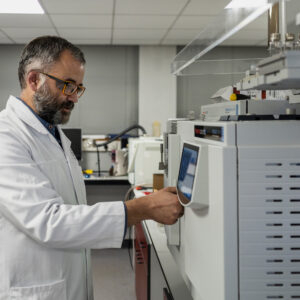 Industry survey of new make spirit flavour and composition
Industry survey of new make spirit flavour and compositionThis comprehensive analysis of the composition and flavour of Scotch Whisky spirits was important at a time when the industry was starting to make significant changes to processes to achieve sustainability targets. The study included samples from over 100 distilleries. This data and its application is helping to maintain the diversity of flavours that Scotch Whisky is renowned for across the globe.
-
2019
 Potential impacts of climate change on barley evaluated
Potential impacts of climate change on barley evaluatedSWRI collaborated with climate change experts at the James Hutton Institute to gain insights into the potential impacts that future climatic conditions might have on barley growing in Scotland. The results of this study helped us anticipate the research required to maintain a sustainable supply of high-quality malting barley for future whisky production.
-
2018
 New authentication technologies developed
New authentication technologies developedNew whisky authentication technologies were identified through our participation in the EU-funded Food Integrity project. SWRI led the Spirit Drinks Work Package which focused on safety and authenticity for our export-orientated industry. Themes explored were rapid screening tools and supporting laboratory technologies, along with the development of expert networks and investigation into best processes by which analytical laboratories can be educated, trained and certified in the provision of spirit drink analysis/authentication.
-
2013
 Warehouse design model developed to reduce the Angels’ Share
Warehouse design model developed to reduce the Angels’ ShareSWRI collaborated with the Building Research Establishment to determine the impact of warehouse design on losses during maturation. The project resulted in an interactive model which SWRI member companies can use to optimise the design of new warehouses or refurbishment of existing facilities.
-
2011
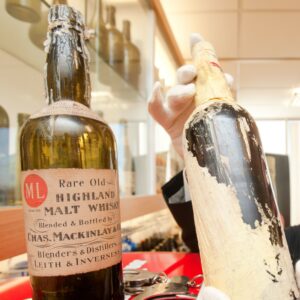 Historic sample of Shackleton’s whisky analysed
Historic sample of Shackleton’s whisky analysedSWRI had the privilege of carrying out a sensory and chemical analysis of a whisky sample that had been recovered from the ice under Sir Ernest Shackleton’s 1907 expedition base camp hut at Cape Royds in Antarctica. This uniquely preserved sample gave us insights into the flavour and composition of Scotch Whisky produced at the turn of the 20th century. Results of the study were published in the Journal of the Institute of Brewing Sensory and Chemical Analysis of ‘Shackleton’s’ Mackinlay Scotch Whisky
-
2010
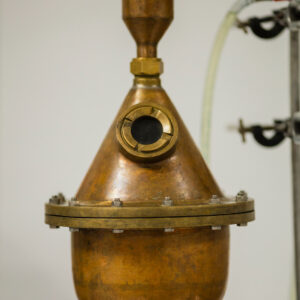 Effects of copper on spirit flavour and composition studied
Effects of copper on spirit flavour and composition studiedUsing the SWRI laboratory stills, we studied the role of copper in removing sulphury notes from spirit and determined the parts of the still having most significant impact. Knowledge gained from this work has subsequently been applied in industry, with certain distilleries installing interchangeable copper and stainless steel condensers to achieve different styles of new make spirit. Results of the study were published in the Journal of the Institute of Brewing The Impact of Copper in Different Parts of Malt Whisky Pot Stills on New Make Spirit Composition and Aroma
-
2009
 First whisky Life Cycle Analysis carried out
First whisky Life Cycle Analysis carried outSWRI carried out the first Life Cycle Analysis for Scotch Whisky. This evaluation of the environmental impact of the full production process provided baseline information for the Scotch Whisky Association’s Environmental Strategy. Sustainability is now at the forefront of our activities as we continue to provide our members with the scientific and technical support required to meet industry targets.
-
2007
 Whisky shown to be free from allergens
Whisky shown to be free from allergensIn 2007, EU allergen labelling exemption was granted to spirits produced using cereals, nuts and whey as raw materials (pre-distillation) based on research carried out at SWRI. Our research proved that the allergy-causing components in these products do not distil over into the spirit, and are not an issue for individuals with sensitivities to these ingredients.
-
2006
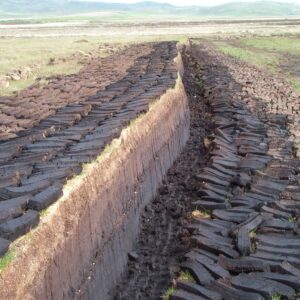 Source of peat shown to influence flavour
Source of peat shown to influence flavourOur research showed that peat sourced from different industry extraction sites in Islay, Orkney and mainland Scotland had different compositions. Some of these differences carried through the production process, resulting in detectable differences in both intensity and type of smoky characteristics. Today, research on peat continues. We are focusing on optimising the extraction of flavour from peat, to support the industry’s commitment to the responsible use of this natural resource.
-
2002
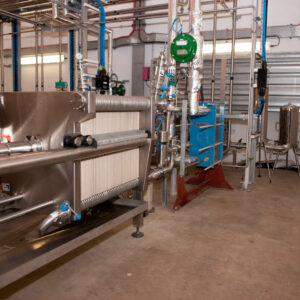 Strategy identified for reducing chill filtration energy
Strategy identified for reducing chill filtration energyAs a result of our research into the compositional and sensory impact of chill filtration, we recommended a new approach for filtering blends. As well as significantly reducing energy requirements, this process provides the same, if not better, protection against haze formation in the bottle. Several of our member companies have made changes to their filtration processes and are reaping the benefits, both environmental and financial, of reduced energy inputs.
-
1998
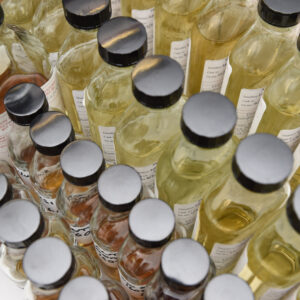 Compositional database created to protect against counterfeiting
Compositional database created to protect against counterfeitingIn 1998 SWRI started to analyse the composition of a wide range of genuine Scotch Whiskies, creating a database against which suspect “whiskies” could be compared. To date, we have several types of databases which collectively house measures for over 10,000 samples. These databases are a valuable tool for protecting the Scotch Whisky industry against counterfeiting.
-
1997
 SWRI moves to The Robertson Trust Building
SWRI moves to The Robertson Trust BuildingSWRI relocated from the centre of Edinburgh to The Robertson Trust Building. These purpose-built facilities on the Heriot-Watt University Research Park, Riccarton remain the current site of our business.
-
1997
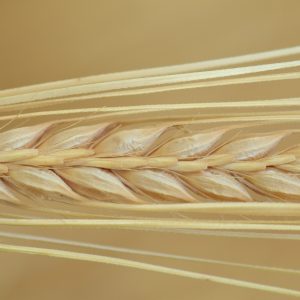 Genetic marker for ethyl carbamate identified
Genetic marker for ethyl carbamate identifiedThis genetic marker allowed plant breeders to identify varieties of barley that carry the gene for Epiheterodendrin (EPH). This is important as EPH is the precursor of ethyl carbamate, which can be harmful at high levels. Since 1997, improved markers have followed on from the original resulting in significant reductions in ethyl carbamate in whisky.
-
1991
 Patented method of cask treatment developed
Patented method of cask treatment developedThe LINK cask project started in 1991, with the aim of designing a maturation container that could be used directly by the Scotch whisky industry. The project studied the natural microbiological processes and heat treatments that occur in air seasoning and cask construction. These studies lead to the development of cask curing, which enables enhanced levels of natural flavouring and colouring compounds to be released from the wood.
-
1981
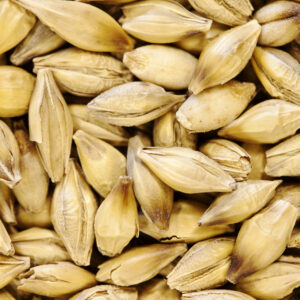 Method developed for predicting spirit yield from malt
Method developed for predicting spirit yield from maltSWRI scientists worked collaboratively with member company laboratories to develop a method to determine the fermentability and subsequent predicted spirit yield from malted barley samples. This research was published in the Journal of the Institute of Brewing Determine and Use of a Method for Determination of Malt Fermentability. It remains the standard method used by the industry for malt quality specifications and can is widely used to compare actual distillery yields with potential values.
-
1979
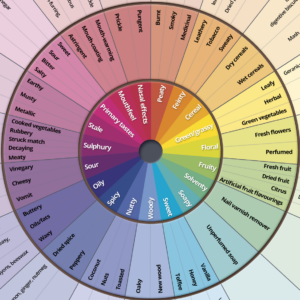 Scotch Whisky Flavour Wheel created
Scotch Whisky Flavour Wheel createdSWRI scientists worked alongside industry blenders to create the first flavour wheel for Scotch Whisky. It was developed to improve communication across the industry, principally when trading whiskies and new make spirits between companies. As well as desirable flavours, the wheel includes off-notes and taints which need to be controlled. Since its inception, it has been widely used within our member companies and remains a key tool in the description and profiling of whisky flavour.
-
1976
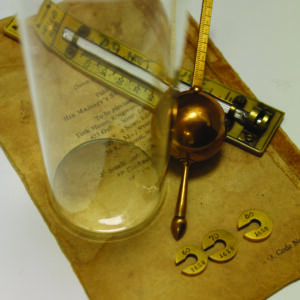 Scientific profiling applied to improve distillery efficiency
Scientific profiling applied to improve distillery efficiencyOur early research involved the application of scientific methods to monitor and control distillery processes and subsequently improve efficiency. The Scotch Whisky Research Institute (at this time Pentlands Scotch Whisky Research) was established by a group of smaller distillers who did not have this type of scientific and technical knowledge within their companies. They were insightful enough to recognise the benefits of working together in pre-competitive areas of mutual interest, the ethos that remains central to SWRI today.
-
1974
 Our organisation was established
Our organisation was establishedOur company, at that time Pentlands Scotch Whisky Research, was established by a consortium of seven independent distillers. They set out to create an organisation to enable them to collectively solve common problems and challenges, providing technical expertise in all non-engineering aspects of Scotch Whisky production.